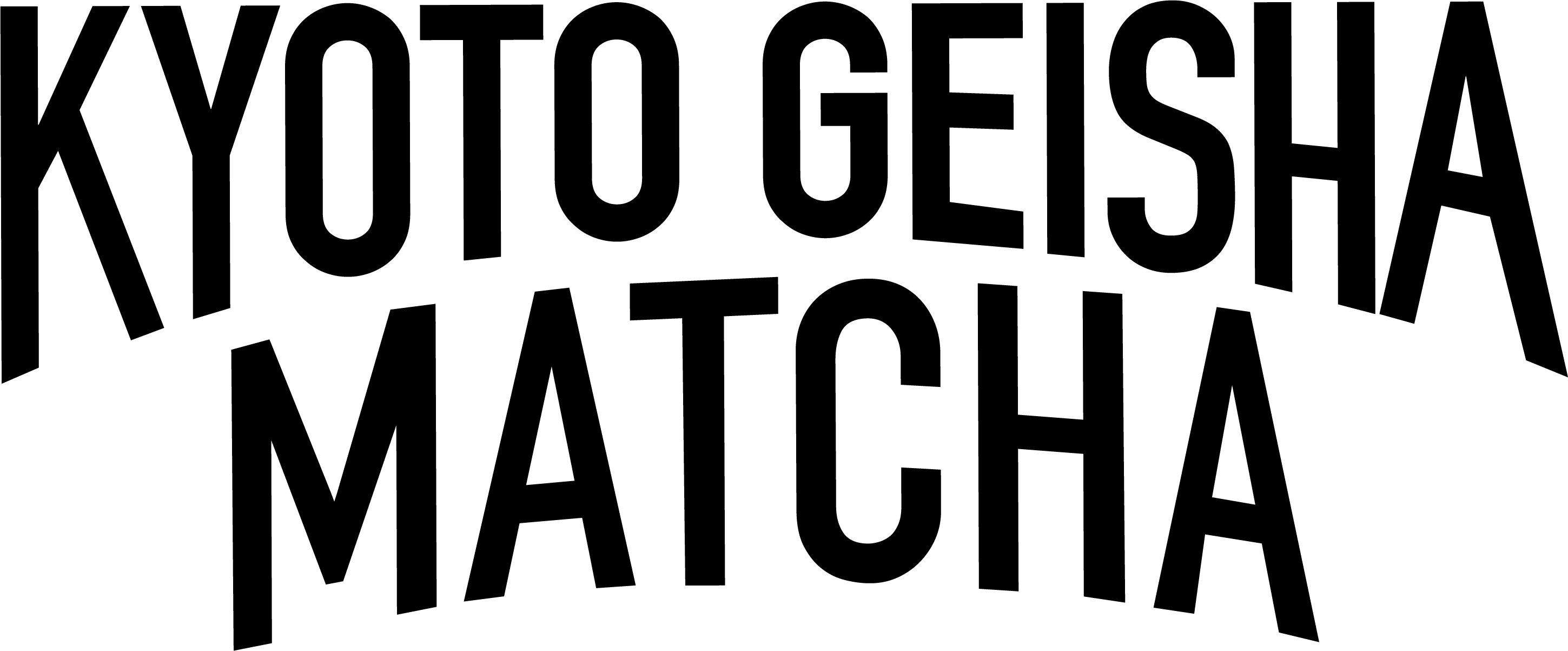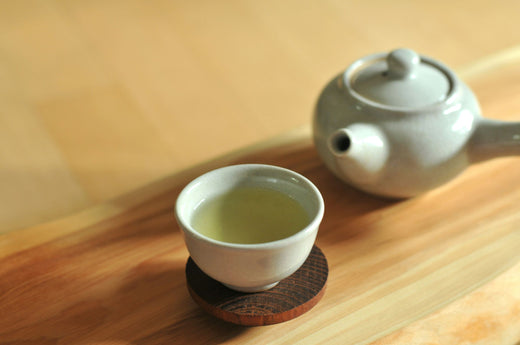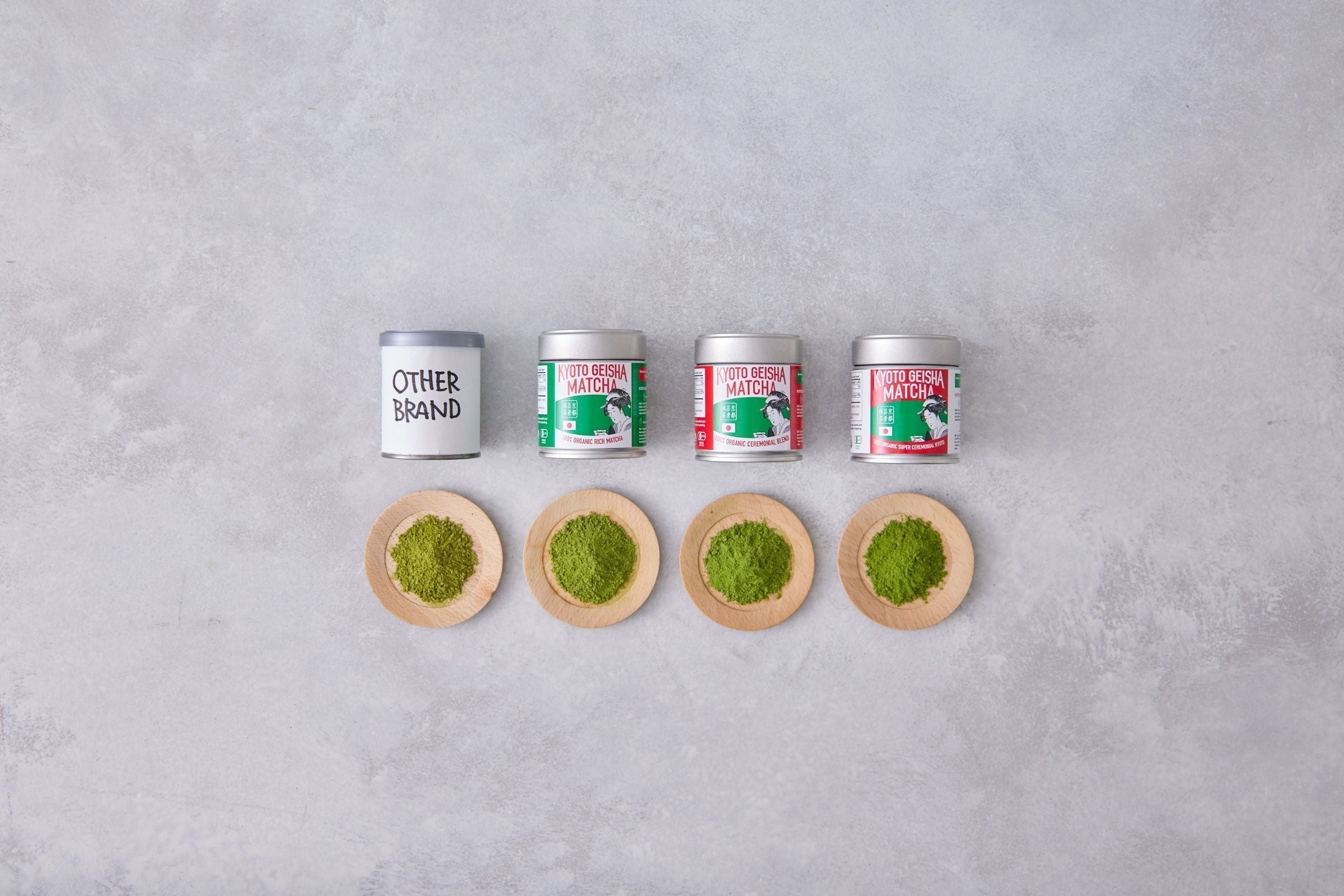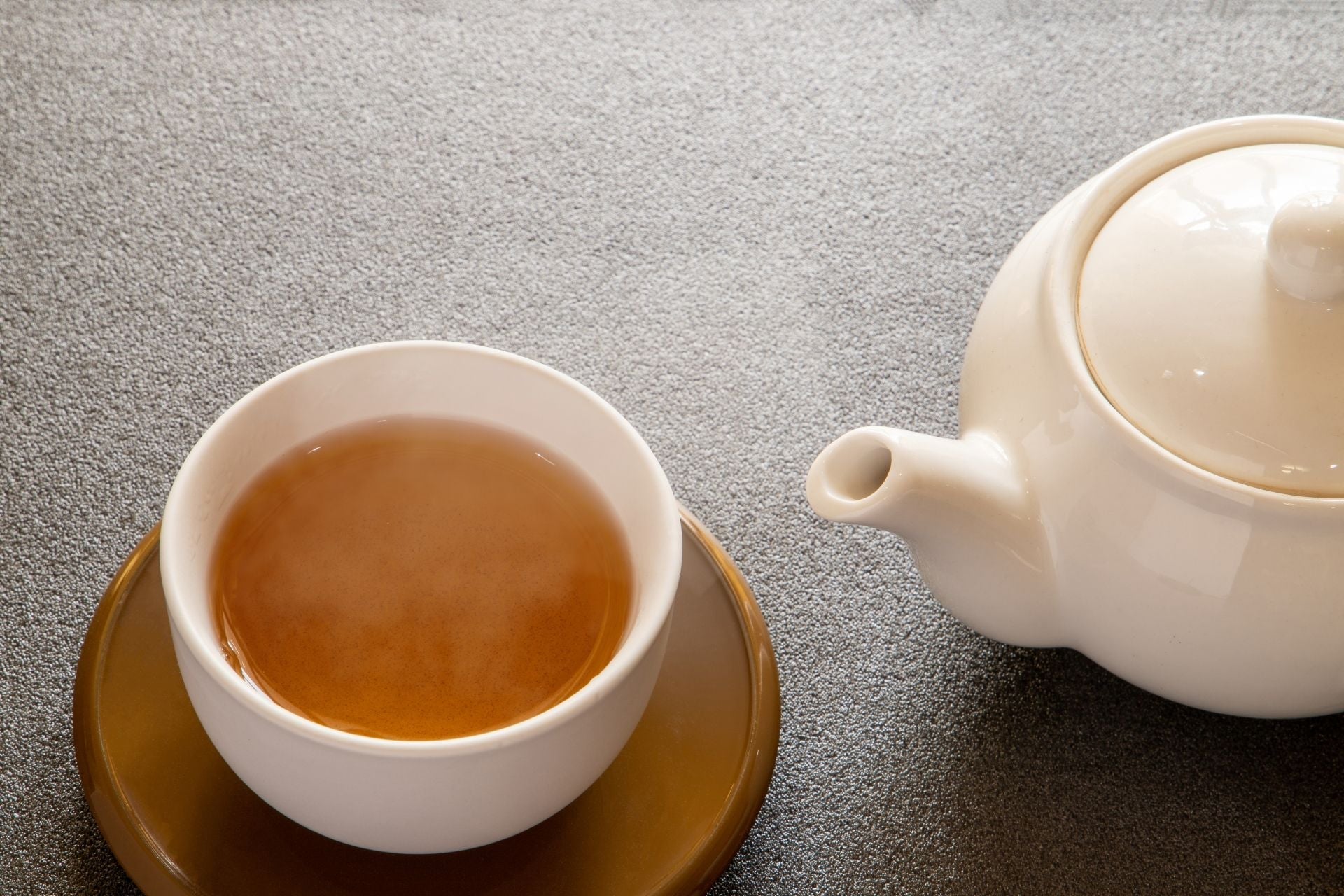
Hojicha Green Tea - A Comprehensive Guide
Hojicha (sometimes spelled houjicha) is one of the most popular Japanese teas.
Characterized by its savory aroma and gentle flavor, it is loved by many people, from children to adults, as a tea that adds color to a relaxing moment in daily life.
Here, we introduce all the charms of hojicha, from its appearance and beautiful water color (the color of the tea) to its delicious brewing method and recommended occasions for enjoying it.
What is Hojicha?

Hojicha is a traditional Japanese roasted tea that is low in caffeine and tannins, making it a gentle tea that even children can enjoy safely.
Hojicha is made by roasting sencha or bancha tea at high temperatures.
The roasting process turns the tea leaves brown, giving them a savory aroma and distinctive flavor.
The flavor varies depending on the degree of roasting, with lighter roasting producing a lighter aroma and deeper roasting producing a richer aroma.
Roasting reduces the amount of caffeine in the tea, making it relatively low in caffeine and popular as a tea that is easy to drink in the evening.
Originally, hojicha was made by roasting stale tea at home and has been enjoyed as an everyday tea.
The appeal of hojicha is that it can be made with plenty of hot water and enjoyed easily.
Visual Appearance
Hojicha, as the name suggests, is made by roasting tea leaves until they turn brown.
Roasting gives the tea leaves a brownish color, which distinguishes it from sencha and green tea.
The color of the tea leaves varies depending on the degree of roasting, but high-quality hojicha leaves are characterized by an even, beautiful brown color and uniform leaf size.
When poured into a teacup, hojicha has a deep brown color, similar to a darker beer, and is clear and transparent without being muddy.
Its beautiful hue reflects the depth of flavor produced by roasting.
Combined with the savory aroma from the roasting process, this tea can also be enjoyed visually.
Taste
Hojicha is made by roasting bancha or sencha at high temperatures and is characterized by its fragrant and refreshing taste with little astringency or bitterness.
The roasting process produces a fragrant aroma that enhances the natural sweetness of the tea leaves, giving it a subtle sweetness.
This savory aroma and rich flavor are the main characteristics of hojicha.
Because hojicha is low in caffeine and tannins, it is also ideal for rehydrating during the hot summer months.
It is also reasonably priced, making it the perfect choice for a generous cup of tea.
How is Hojicha Different vs Matcha?

There is a major difference between hojicha and matcha in their processing methods.
Hojicha is made by roasting sencha or bancha tea leaves at high temperatures, while matcha is made by drying the tea leaves, turning them into a powder, and dissolving it in hot water.
Additionally, while hojicha is a relatively affordable and plentiful tea, matcha is made from high-quality tencha tea leaves and is consumed slowly in small quantities.
The flavors are also very different.
Hojicha has an aromatic, mild, and refreshing flavor.
The roasting process reduces astringency and bitterness.
Matcha, on the other hand, has a rich, creamy flavor.
They also differ in appearance.
Hojicha is brown or deep brown in color, a result of roasting.
Matcha, in contrast, is bright green and is made by dissolving powdered tea leaves in hot water.
Thus, hojicha and matcha differ in production method, taste, color, and drinking style, but each has its own unique flavor.
Ice cream, gelato, and lattes made with hojicha and matcha are both very popular, and they are among the most popular types of tea.
Origin and Brief History of Hojicha

There are no exact records of the origin of hojicha, but several theories exist.
One theory suggests that hojicha began when tea leaves were roasted and sold as a new product by people who wanted to deal with unsold inventory after tea sales dropped during the Great Depression of the early Showa period (1926~).
Another theory is that hojicha already existed during the Meiji period (1868-1912).
Originally, hojicha was made by reusing old tea leaves that had been roasted at home, but it eventually became commercially produced and spread throughout the country.
Because of its low caffeine and tannin content, hojicha is safe for children and the elderly to drink and has become widely popular among the general population.
In modern times, hojicha is widely known not only as a traditional Japanese beverage but also as a drink favored by health-conscious individuals.
Its popularity has been further enhanced by its incorporation into cafes, restaurants, and sweet stores, where it can be enjoyed in a variety of forms, such as ice cream, cakes, and lattes.
How is Hojicha Made?

Hojicha, like sencha, is made through a number of processes.
The basic process is almost the same as that of sencha, except that the final product is roasted at a higher temperature than sencha, bancha, or other green teas.
Originally, hojicha began as a processing method to make less superior teas more palatable, and low-grade teas such as stem tea and bancha were primarily used.
Today, however, the leaves used late in the first tea season are considered to be of high quality, and “kuki hojicha (stems hojicha),” made from top-stem tea, is also popular.
Since hojicha can be made with relatively inexpensive tea leaves, it can be easily prepared at home.
For example, heat a frying pan over medium heat, add the selected tea leaves, and roast them.
Stir constantly to avoid burning the tea leaves, and continue roasting until they turn brown and a fragrant aroma emerges.
The roasting time depends on the amount of tea leaves and the heat level, but 3 to 5 minutes is a good rule of thumb.
Health Benefits of Hojicha

Hojicha is made by roasting sencha or bancha at high temperatures and contains less caffeine and tannins than other teas.
This makes it a safe tea for small children and people who are unwell, and it is also suitable for those who wish to reduce their caffeine intake at night or when they are not feeling well.
Hojicha contains ingredients that aid digestion and help regulate the gastrointestinal tract.
It is believed to reduce the burden on the stomach and promote digestion, especially when drunk after a fatty or heavy meal.
Furthermore, hojicha, like green tea, contains antioxidants such as catechins, which inhibit active oxygen in the body and are said to be effective in preventing aging and reducing the risk of disease.
The fragrant aroma of hojicha also has a relaxing effect, helping to calm the mind.
With its many health benefits, combined with its delicious and easy-to-drink qualities, hojicha is loved by everyone from children to the elderly.
Types and Varieties of Hojicha

There are various types of hojicha, each with different flavors and characteristics depending on the tea leaves used and the method of roasting.
The following are typical types of hojicha:
Hoji-Sencha
Roasted sencha is the most common type of hojicha.
It has a light, refreshing taste with the distinctive flavor of sencha and a savory aroma from the roasting process.
Hoji-Bancha
This is roasted bancha, and because bancha itself is made from relatively low-grade tea leaves, it is reasonably priced.
It has a mild, easy-to-drink taste and low caffeine content, making it suitable for children and the elderly.
Bo-Hojicha (Stick Roasted Green Tea)
Stems hojicha is made by roasting the stems of tea leaves and is also called “karigane hojicha” or “kuki hojicha.”
The stems have a sweet flavor, and roasting makes them even more fragrant.
Compared to other types of hojicha, stem hojicha has a refreshing taste.
How to Brew and Prepare Hojicha

To fully enjoy the aroma of hojicha, the trick is to brew it quickly using boiling water.
The aroma is enhanced by brewing a generous amount of tea rather than a small amount.
How to Brew Hot Hojicha
- Warm the Teapot and Teacup. Pour boiling water into the teapot to warm it. Pour the boiling water into the kyusu (teapot) to warm it.
- Add Tea Leaves to the Teapot. Use 1 teaspoon (about 2 grams) of tea leaves. If you are brewing for a small number of people, you may want to use a little more tea leaves.
- Pour Hot Water. Pour boiling water into the teapot. To enhance the aroma, which is the most attractive feature of hojicha, it is important to pour the boiling water all at once before it cools down.
- Extraction Time. After pouring the hot water, brew the tea for 30 seconds to 1 minute. Adjust the brewing time according to the amount of tea leaves and your preference.
Hojicha is suitable during and after meals and pairs especially well with oily foods and sweet desserts.
It can also be enjoyed chilled.
Cold Brew Method
The fragrant aroma and refreshing taste of hojicha are exceptional even when served iced.
Its low caffeine content makes it easy to enjoy multiple cups on a hot summer day or when you want to refresh yourself.
In particular, hojicha’s savory aroma helps to relieve the summer heat.
Hojicha pairs well with food, especially after a fatty meal.
The refreshing aftertaste cleanses the palate.
Cold hojicha is also recommended for rehydration after exercise.
Compared to sports drinks, it contains no sugar, making it a healthier and more flavorful option.
The key to enjoying cold hojicha even more is the way it is brewed.
Place the tea leaves in water and brew slowly in the refrigerator for 4 to 6 hours to enhance the mild flavor.
Additionally, rapidly cooling hojicha brewed with hot water using ice will produce a refreshing iced hojicha with a distinct aroma.
Hot Brew Method
The savory aroma and mild flavor of hojicha are enhanced when enjoyed warm.
It is especially perfect as a relaxing cup during the cold season or when you want to unwind.
On cold days, warm hojicha warms you from the inside out.
Drinking a cup of hojicha in the morning or after returning home from an outing will warm your cold body and soothe your mind.
Also, drinking it before bed is safe and relaxing, as it has little caffeine to affect the body.
Warm hojicha in an insulated bottle is recommended for outdoor activities and winter walks.
You can enjoy the warmth anywhere while out and about, gently warming your cold body.
To brew a delicious cup of warm hojicha, the temperature of the water is important: brewing at 90°C to 95°C will maximize the fragrant aroma and mild flavor of the hojicha.
Place the tea leaves in a kyusu, pour in the hot water, and let it steep for 30 seconds to 1 minute before pouring it into a cup to ensure an even taste down to the last drop.
Outro
Hojicha is a special tea that relaxes the body and mind with its savory aroma and mild flavor.
When you want to take a break from the busyness of daily life and enjoy a moment of relaxation, hojicha is sure to bring you a sense of calm and healing.
Recently, many sweets made with hojicha, such as cakes, ice cream, and chocolates, have appeared on the market, taking advantage of its unique aroma and rich flavor, and these are gaining popularity, especially among young people.
From traditional ways of drinking to modern variations, hojicha can be enjoyed in a variety of settings and will add a new dimension to your daily life.
